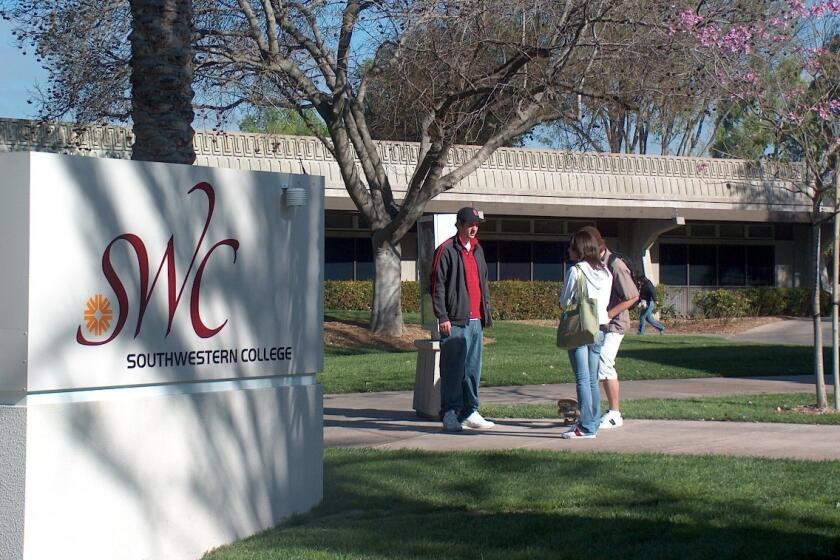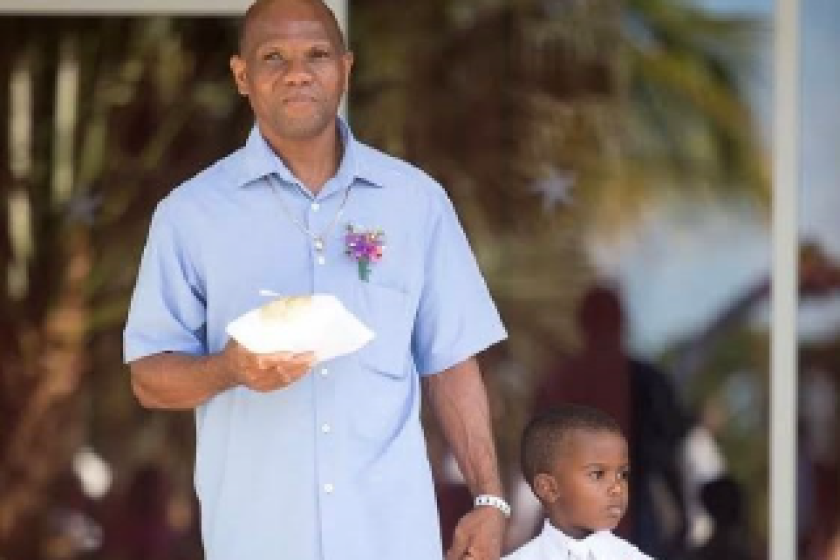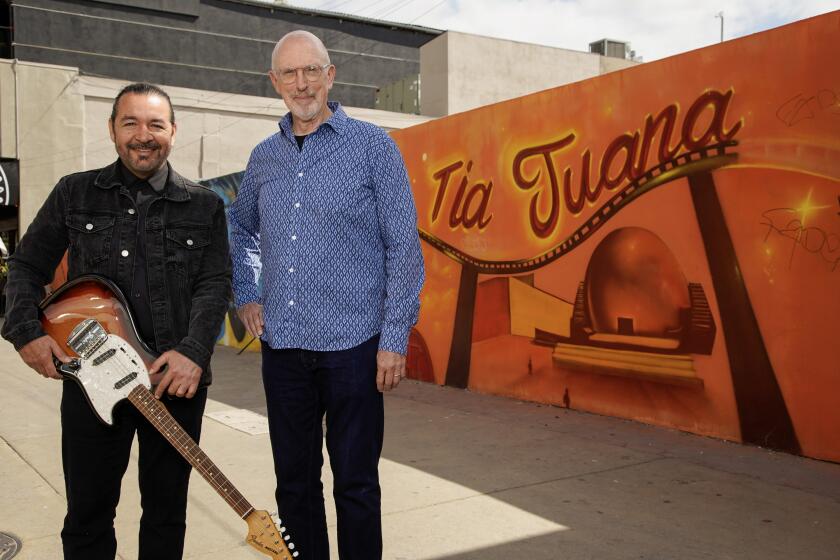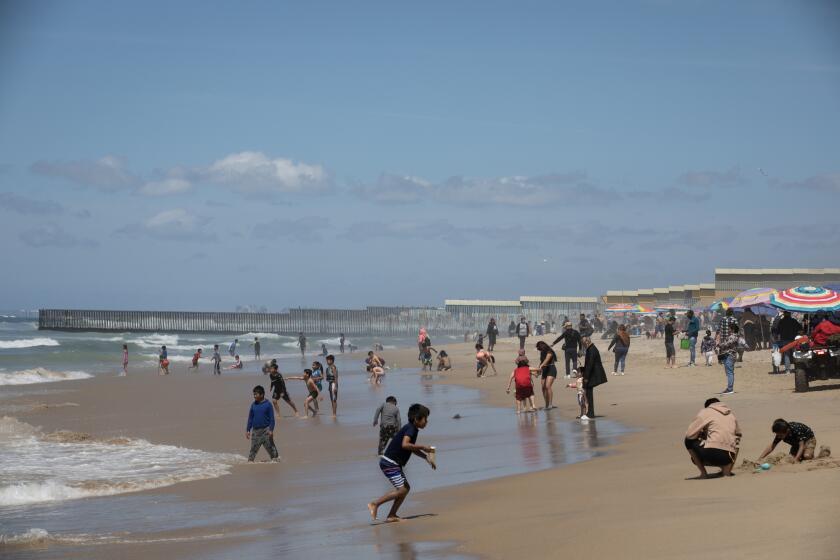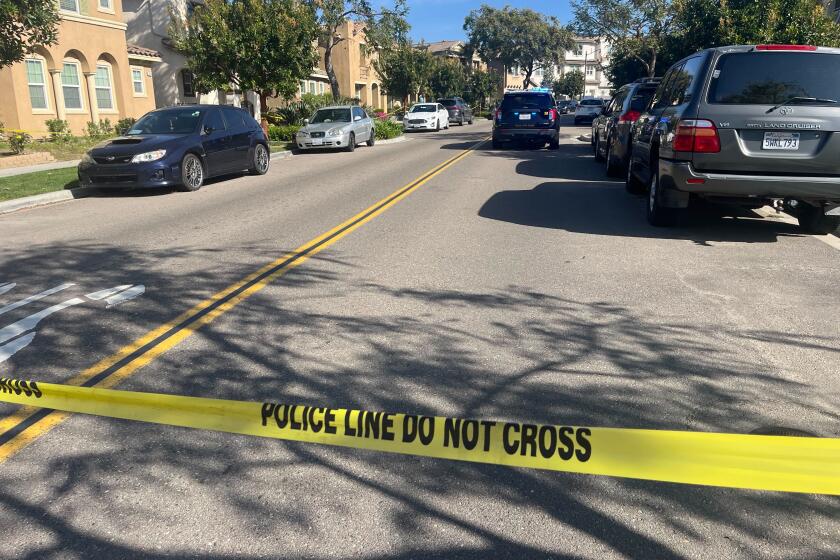Remain in Mexico: migrant allowed into United States thanks to bond order from immigration judge

A 20-year-old Guatemalan migrant became one of just a few known cases in which someone was bonded out of the Remain in Mexico program, allowing him to continue his asylum case while living in the United States.
That migrant, Jose, arrived inTijuana in May and was able to legally walk on U.S. soil without being in federal custody for the first time Tuesday after his lawyer showed Customs and Border Protection agents a copy of an immigration judge’s bond order.
“I am so happy,” he said in Spanish. “After so many months of waiting, of going from court hearing to court hearing, I finally entered. Thank God.”
Jose’s immigration lawyer, Margaret Cargioli, asked the San Diego Union-Tribune not to publish her client’s full name because his case is still pending and he fears being deported to Guatemala.
It is extremely rare for someone in the Remain in Mexico program to be bonded out, Cargioli said. Of the more than 55,000 people in the program, she has only heard of 15 cases where people were allowed to post bond and enter the United States.
The program forces asylum seekers to live in Mexico while they wait for their immigration court cases.
Part of why Jose was allowed to leave Mexico has to do with how he entered the United States in the first place.
Jose crossed the border illegally outside of authorized ports of entry. In the immigration legal system, that classifies him as someone who, “entered without inspection,” which grants him certain legal protections; such as the right to a bond hearing.
Initially, Remain in Mexico was only for migrants who presented themselves at authorized ports of entry and are therefore considered, “arriving aliens.” Arriving aliens do not have the same legal right to a bond hearing.
“The argument is that people who entered without inspection are eligible for a bond,” the lawyer said Tuesday. “The fact that they are forcefully removed to Mexico and put into MPP does not eliminate that fact.”

Now that Jose is in the United States, he can stay with family friends in Los Angeles instead of alone in Tijuana while waiting for his asylum case to slowly move its way through the immigration courts, Cargioli said.
However, she noted that this case and all of the work she had to do to get to this point, underscores the difficulties that migrants face with Remain in Mexico, officially known as Migrant Protection Protocols or MPP for short.
Tuesday was actually the second time Cargioli tried to get her client into the United States. She was denied the first time.
Customs and Border Protection agents at the border did not let Jose enter the country during their first attempt on Dec. 6, even though Cargioli had a copy of the immigration judge’s bond order and Jose had paid the $9,000 bond with the help of a nonprofit, she said.
“It’s just absolutely outrageous that the government refused to follow a court order and refused to honor this $9,000 bond that we paid,” said Casey Revkin, a director with Immigrant Families Together, the nonprofit that paid Jose’s bond.
A CBP spokesperson said she could not immediately comment on this specific case.
Immigrant Families Together specializes in covering the costs of immigration bonds. The organization has spent roughly $700,000 to pay for 88 bonds. Normally, the bonds are for people and families in immigration detention centers. Jose’s was the first time the nonprofit worked with a migrant enrolled in the Remain in Mexico program.
The organization has raised more than$1.5 million through its GoFundMe campaign.
Usually, the process is straightforward when migrants are in detention centers, Revkin said.
In order to obtain bond, an immigration judge requires those in detention to fill out information about where and with whom they will stay and an agreement to attend future court hearings. Most of the time, migrants are free in less than 24 hour, She said.
But that wasn’t the case with Jose.
Jose nearly got turned away a second time on Tuesday, when CBP agents initially told Cargioli that her client wouldn’t be allowed into the country until his next immigration court hearing at the end of January.
Cargioli pushed back. She demanded the CBP agent get a legal explanation from his supervisor.
“I’m showing him the documents and he says, ‘I’m not a lawyer,’” Cargioli said of her exchange with CBP. “I told him, with all due respect, that’s the problem with MPP. I’m trying to explain a legal argument but he is not a lawyer and that why he can’t understand what I’m saying.”
After a short wait, they were finally allowed to enter the United States.
It was a bittersweet victory for Revkin and Cargioli. Although they won, they know that the vast majority of people in the Remain in Mexico program don’t have a lawyer who can advocate for them the way they advocated for Jose.
“The thousands of people in MPP who don’t have attorneys are turned away for things they shouldn’t be turned away for,” Cargioli said. “Their rights are ignored and even though this is a happy ending, I think it just highlights the problems. It should not have taken all of this for him to be admitted into the United States when he had an order from a judge.”
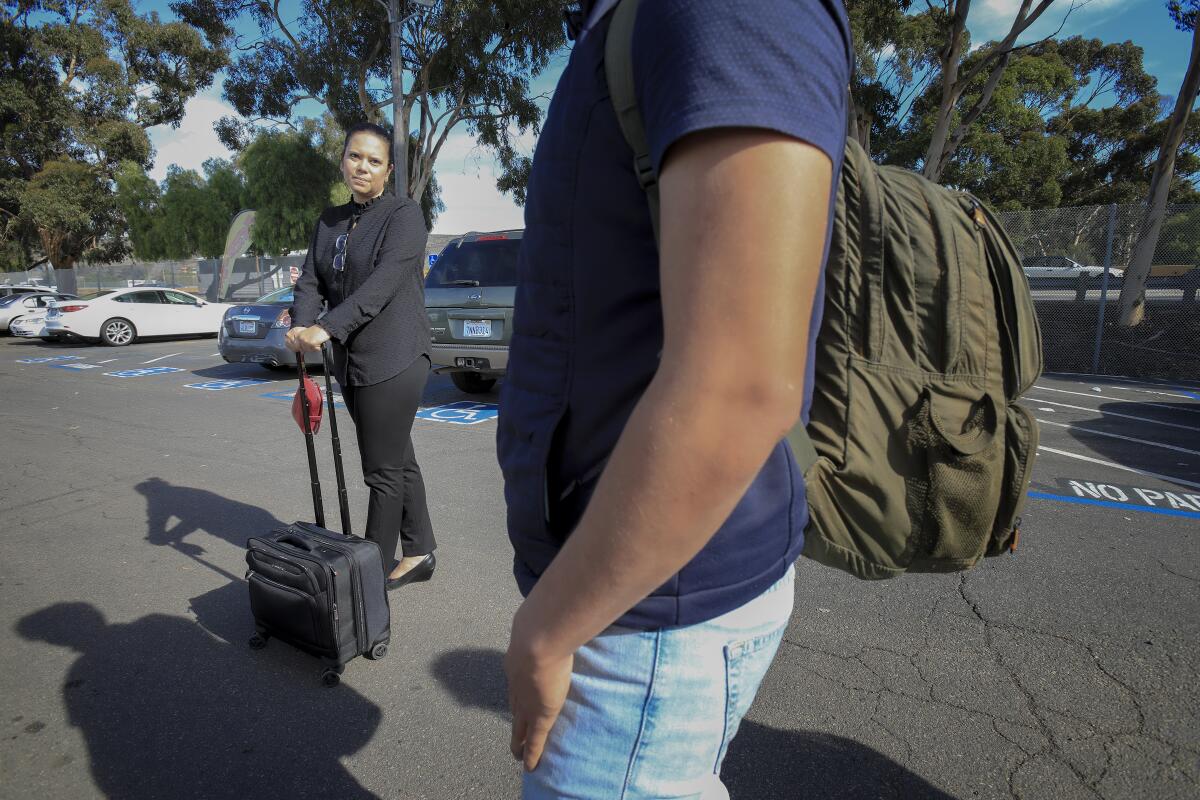
Get Essential San Diego, weekday mornings
Get top headlines from the Union-Tribune in your inbox weekday mornings, including top news, local, sports, business, entertainment and opinion.
You may occasionally receive promotional content from the San Diego Union-Tribune.



